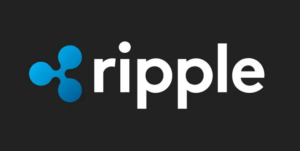Bitcoin Miners in the Public Eye as Stock Prices Decline

Bitcoin mining companies are increasing their control over the network’s security, despite mixed stock performance this year. According to JP Morgan’s “September ’24 Bitcoin Mining Halftime Report,” publicly listed U.S. mining firms collectively held a record 26.7% of the network hash rate pie, marking the fifth consecutive month of growth.
Hash rate, which reflects miners’ speed in mining Bitcoin blocks, has been on the rise. This increase indicates heightened competition among miners using more powerful equipment, ultimately bolstering the network’s security. In August, the 14 publicly listed miners tracked by JP Morgan collectively added 12 exahashes per second to their mining capacities, with Canadian miner IREN and Marathon Digital leading the gains.
Despite the significant hash rate surge of over 50% since the beginning of the year, this hasn’t necessarily translated into increased revenue for miners. Only IREN managed to mine more Bitcoin in August compared to the previous month. The decline in revenue per exahash of operating capacity can be attributed to the Bitcoin halving event in April, where the block reward halved from 6.25 BTC to 3.125 BTC.
While Bitcoin’s hash rate has hit all-time highs in September, its price has been on a downward trend, impacting miner profitability. Most public miners have witnessed a decline in stock value, with CleanSpark suffering a 12% drop. The Valkyrie Bitcoin Miners ETF (WGMI) has also seen a 2% year-to-date decrease, contrasting with Bitcoin’s 30% price increase.
JP Morgan noted that the market cap of the 14 U.S.-listed bitcoin miners has fallen by 3% since the end of August, currently trading just under 2x their proportional share of the four-year block reward. This decline reflects the challenges faced by miners amid the evolving dynamics of the crypto market.
In conclusion, while Bitcoin mining companies are strengthening their position in network security, the financial landscape remains challenging, with stock performance not necessarily reflecting the increased hash rate dominance.




